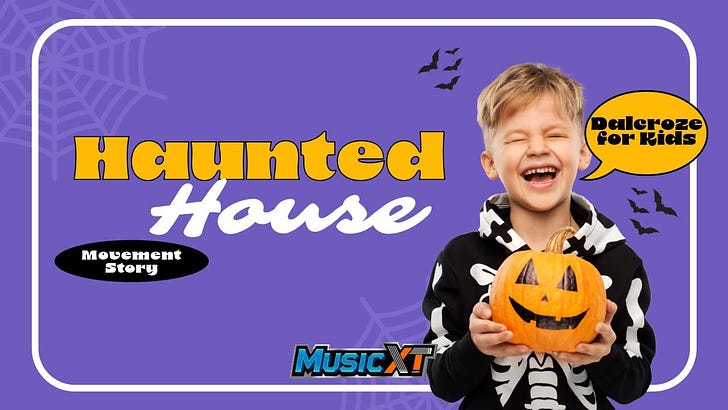I originally posted this activity in October of 2022, and it has continued to evolve since then. I had requests to create a “script” for the activity, so I did a version of the video with SUBTITLES so you could follow a bit more clearly what is happening. These kinds of “movement stories” are my students’ favorite, and I think yours will love them too! …
© 2025 Anthony Molinaro
Substack is the home for great culture



